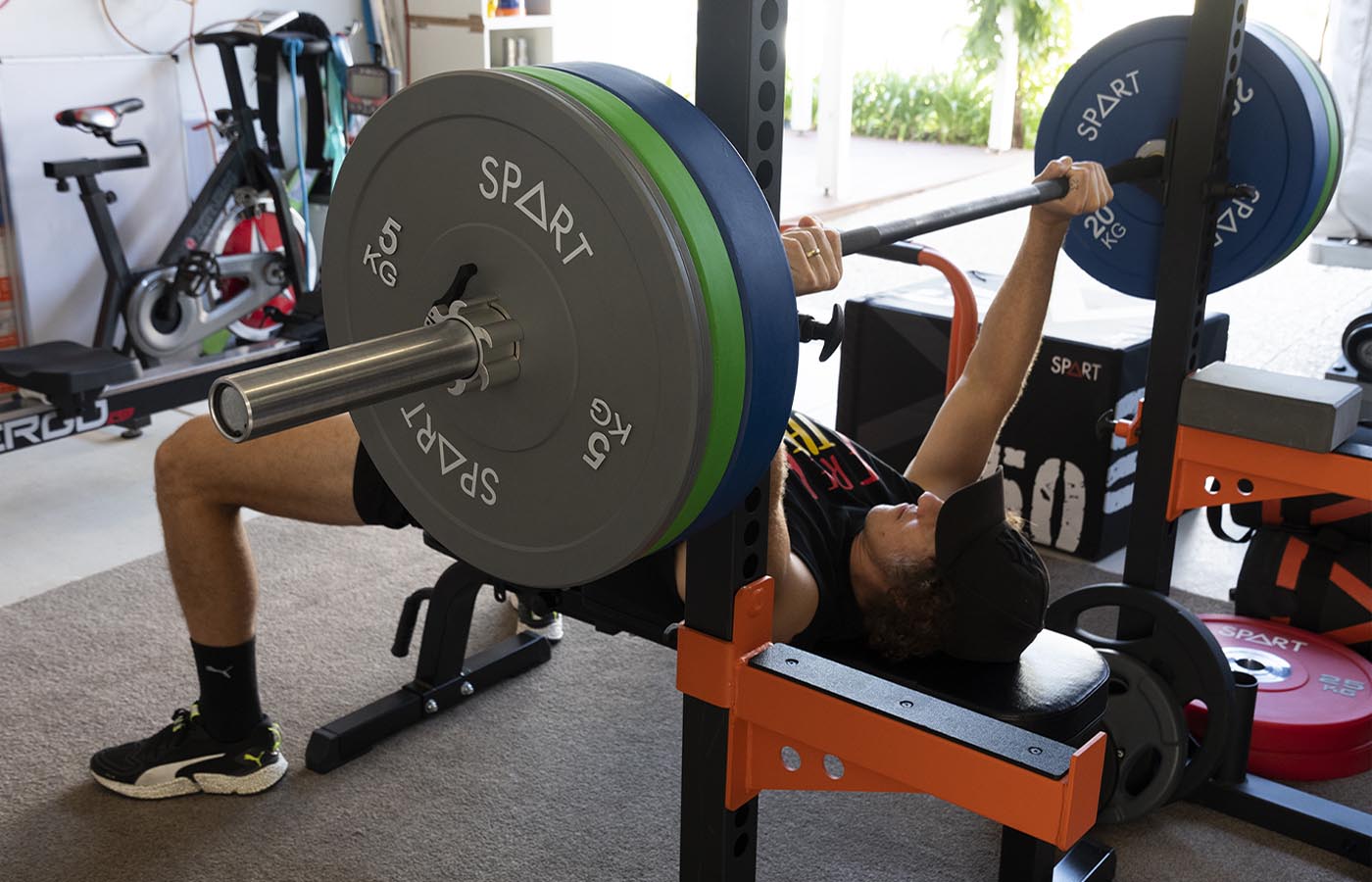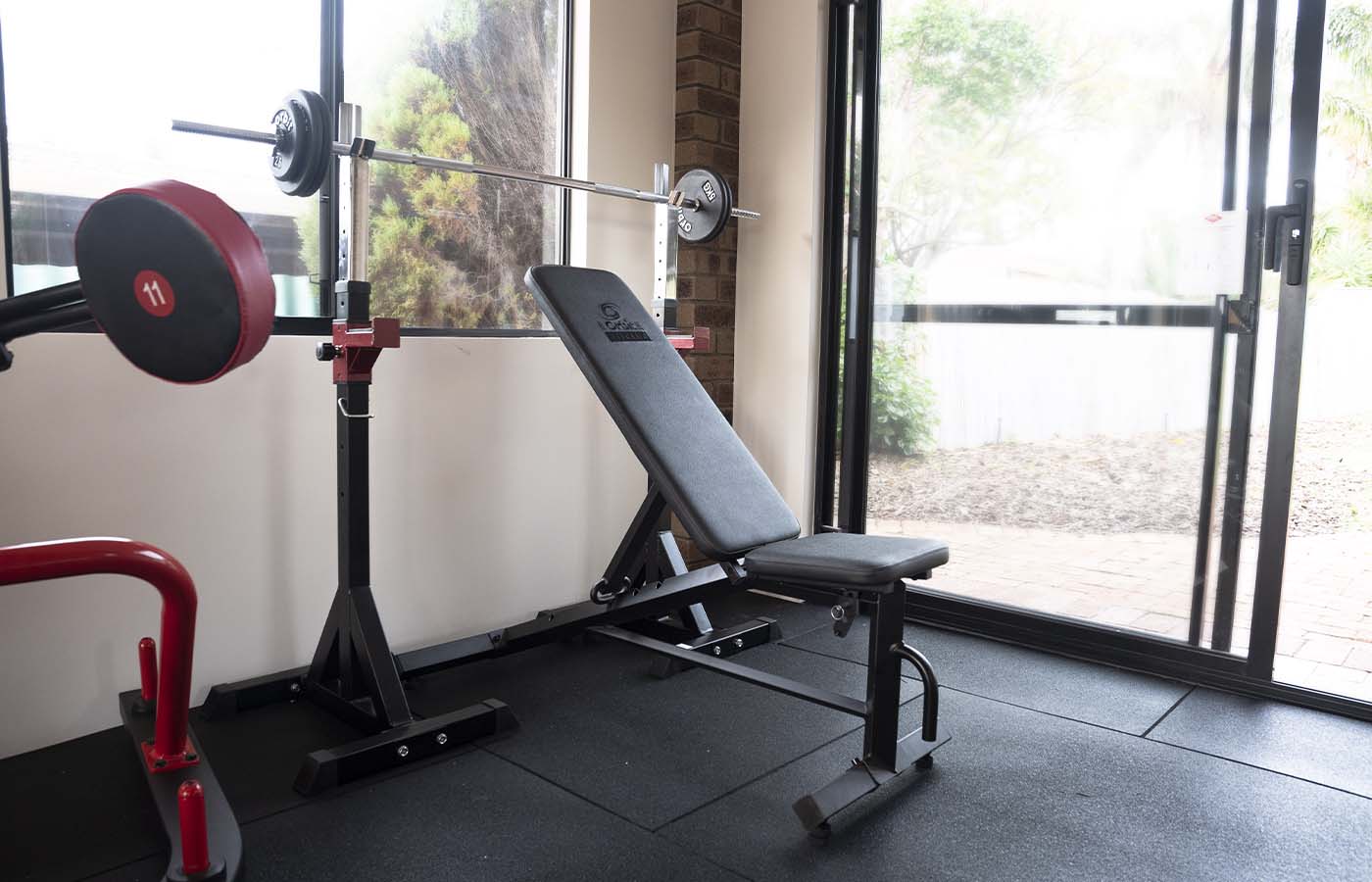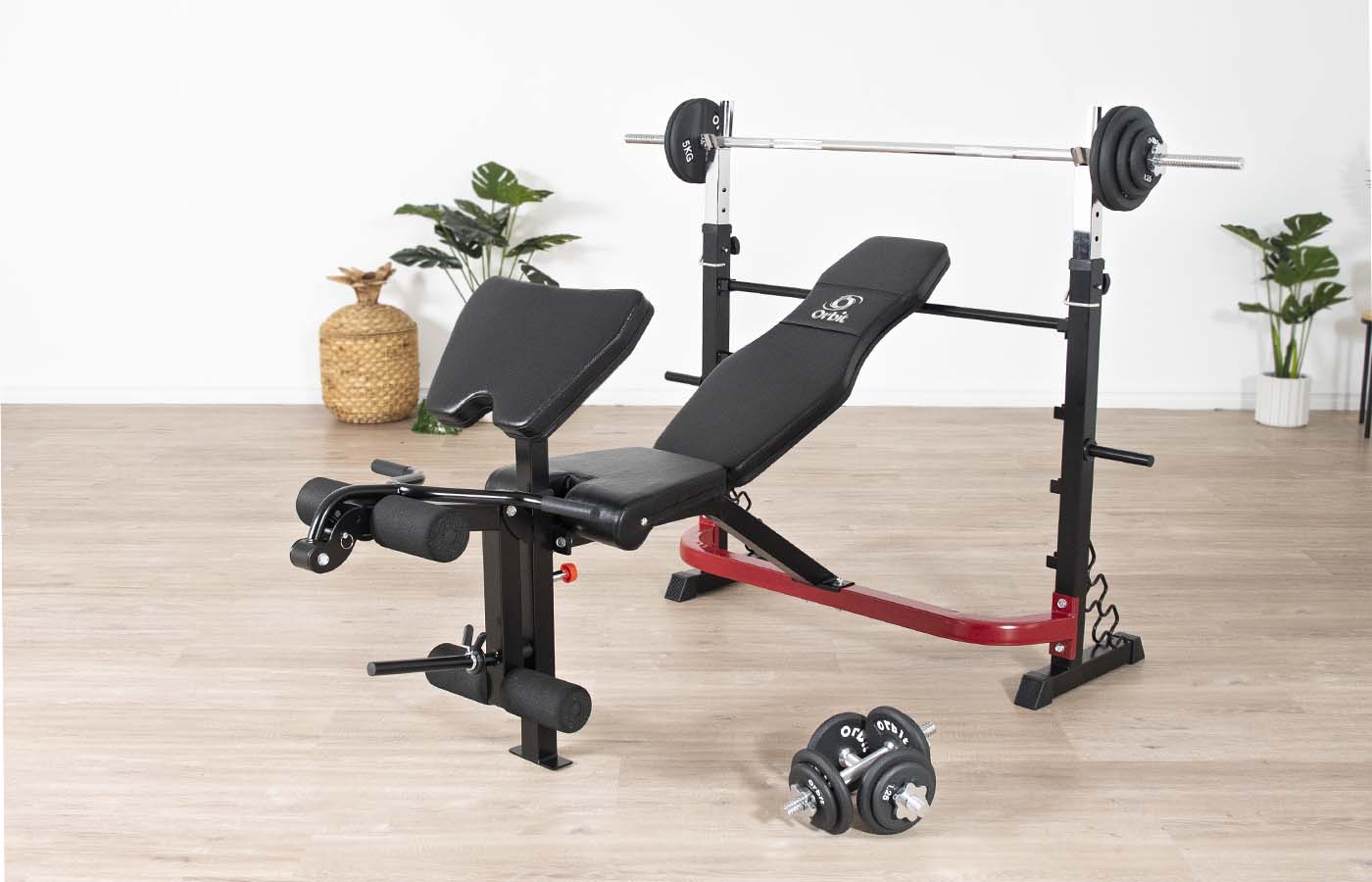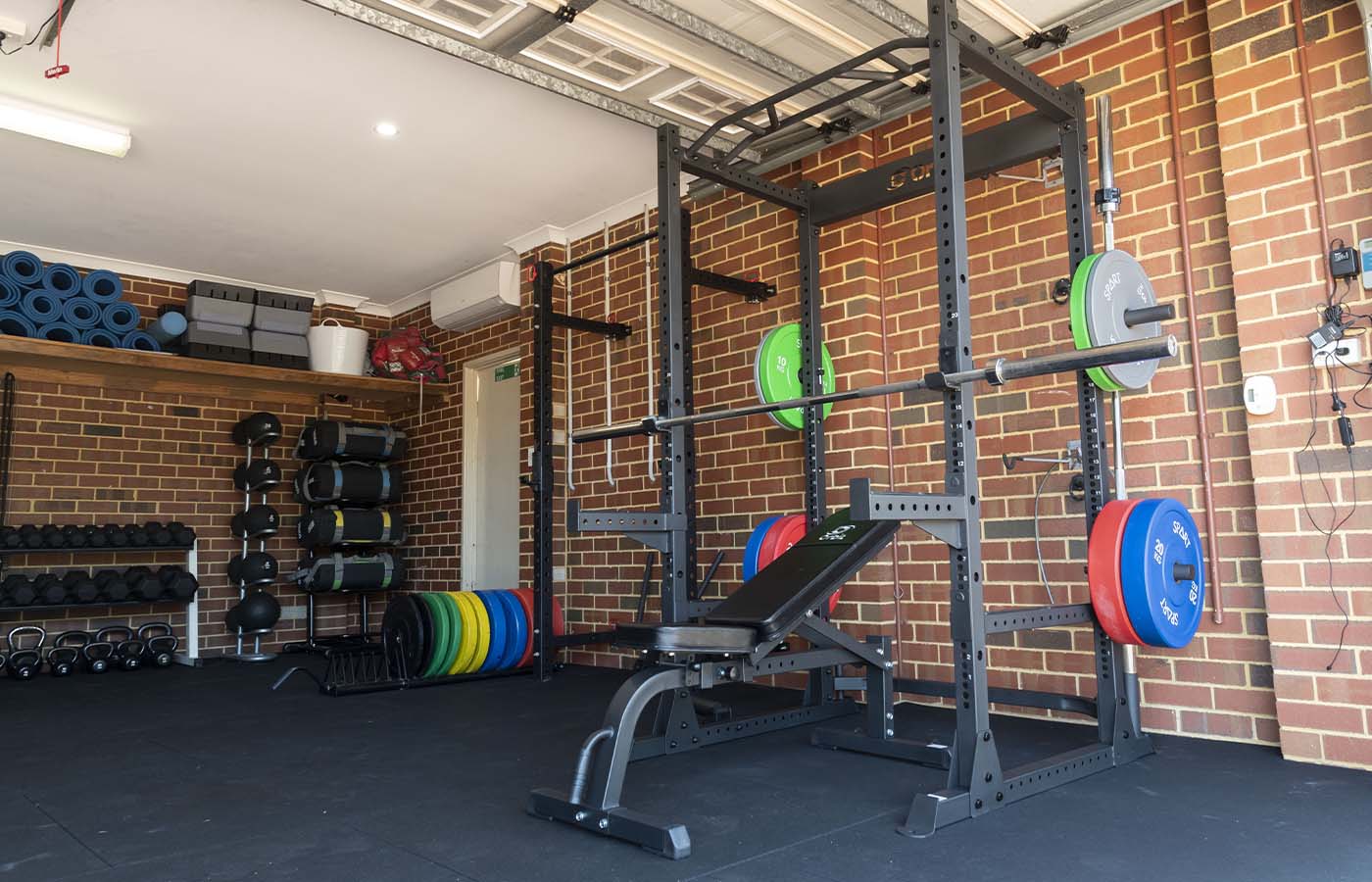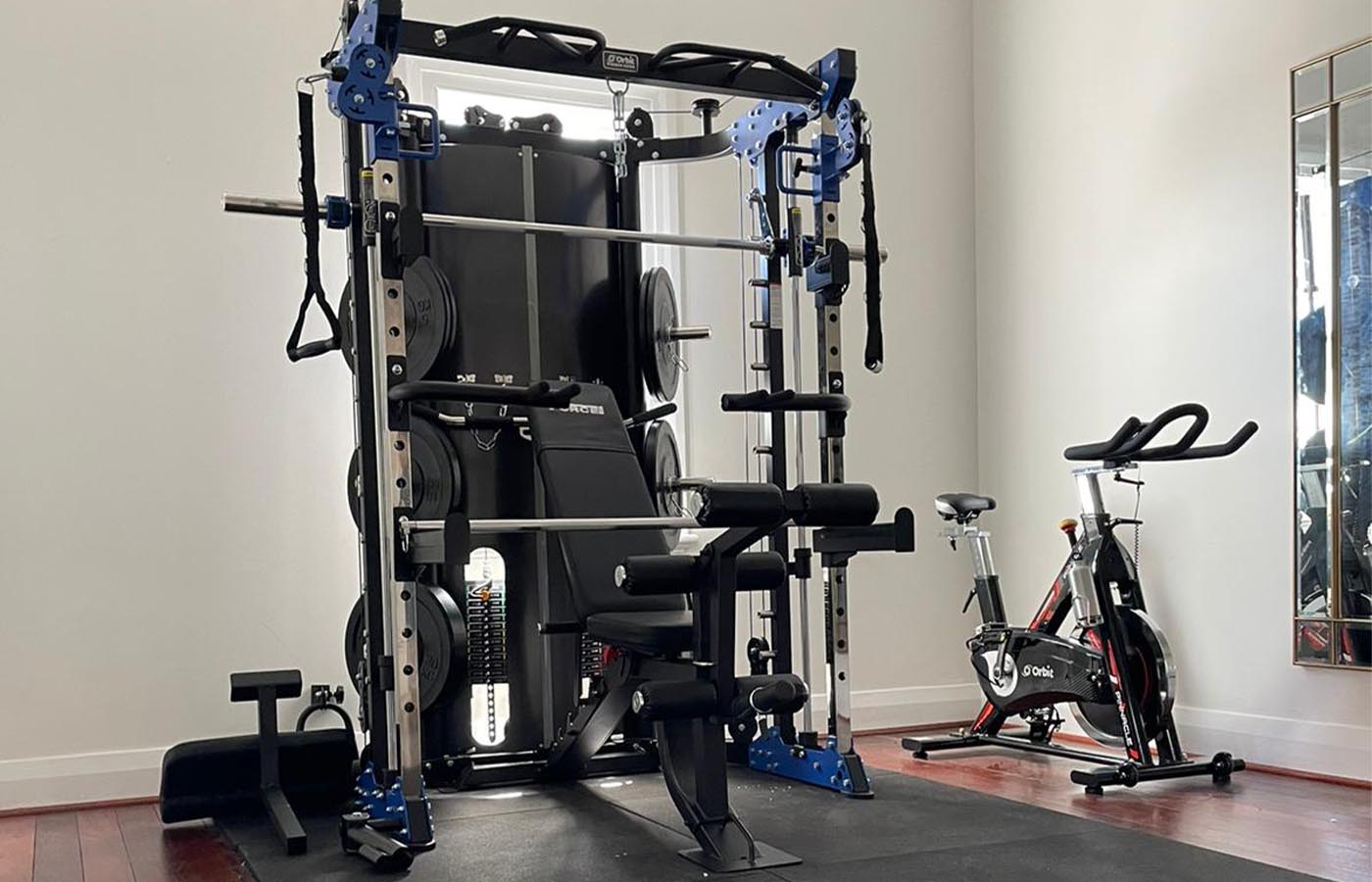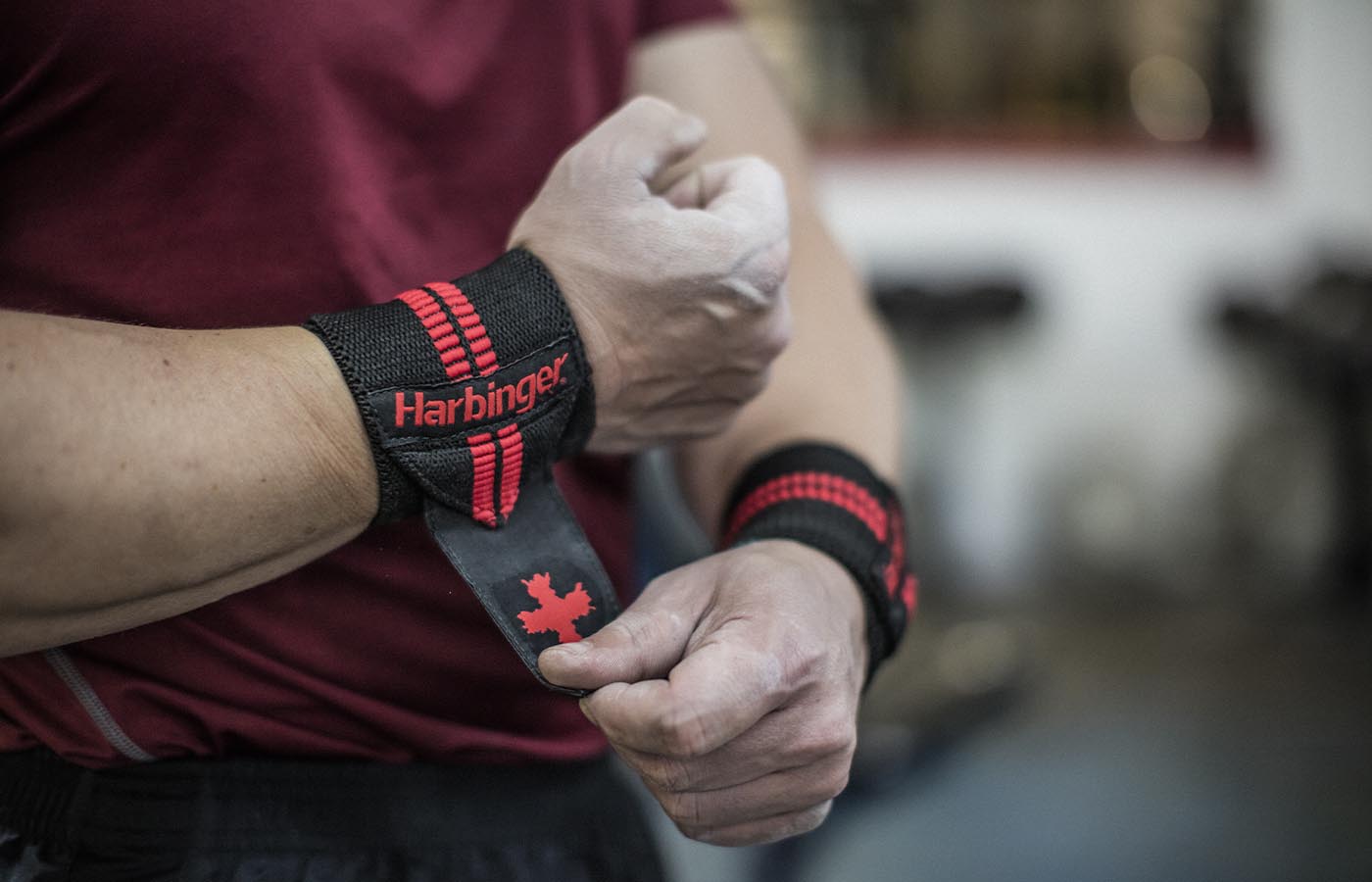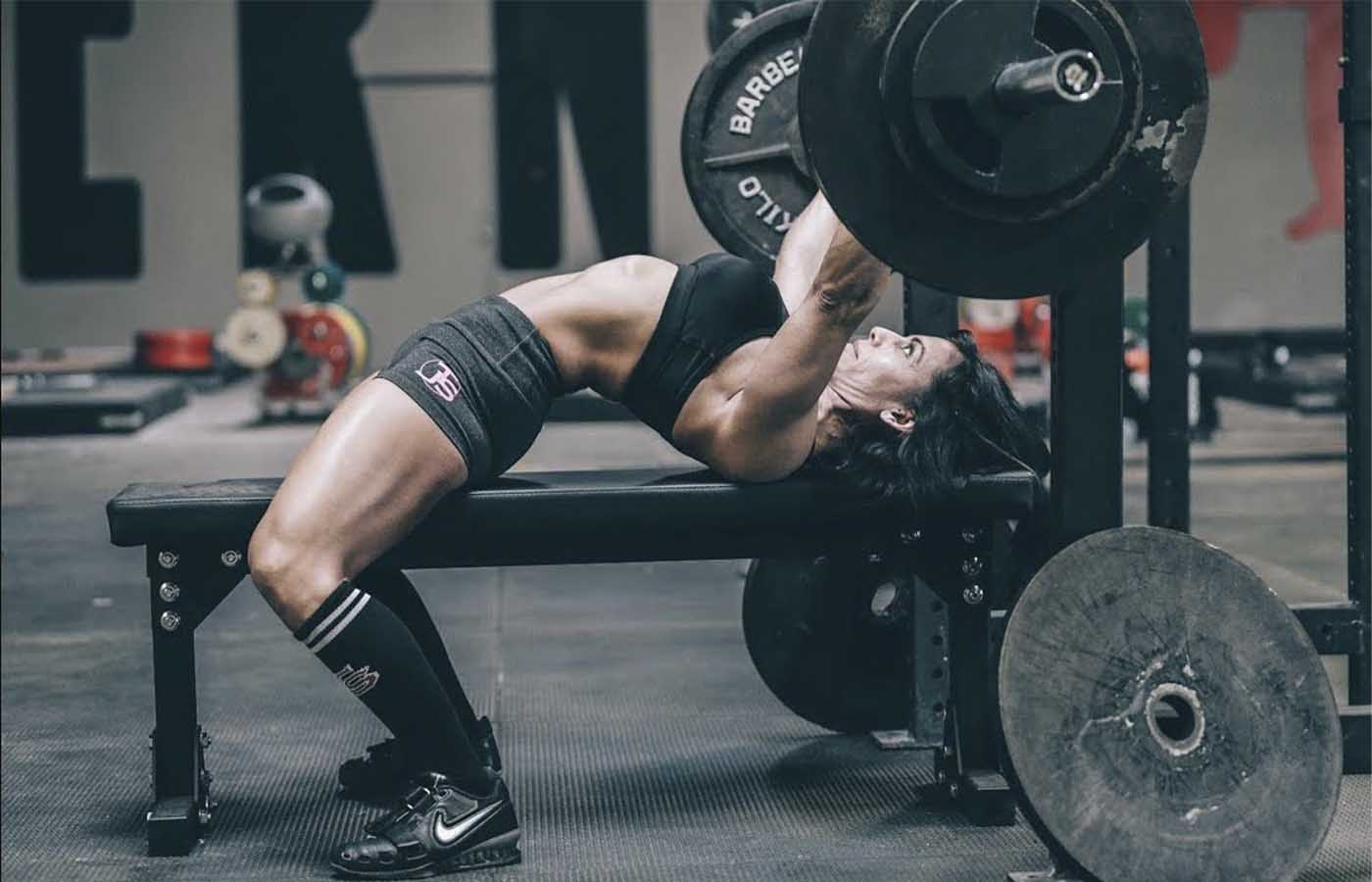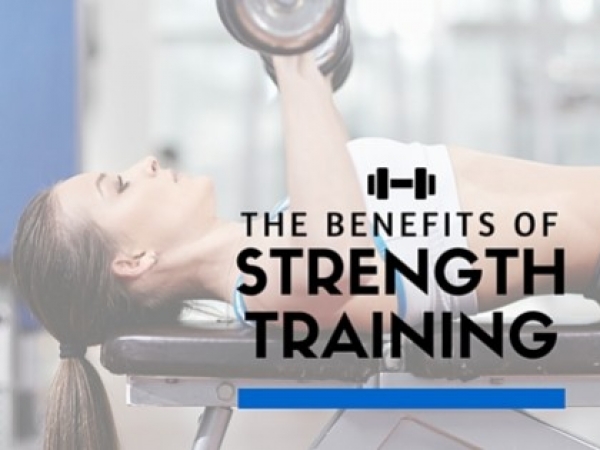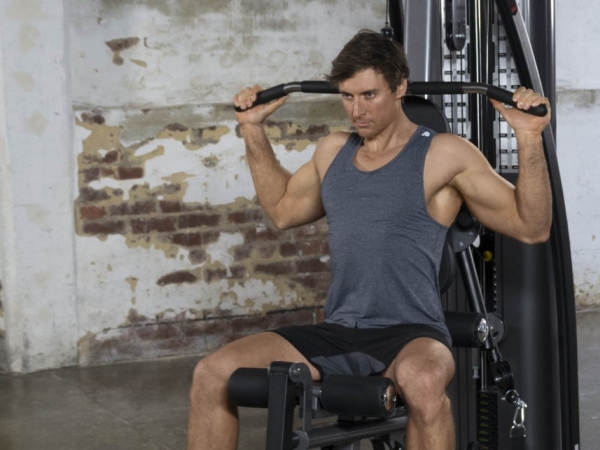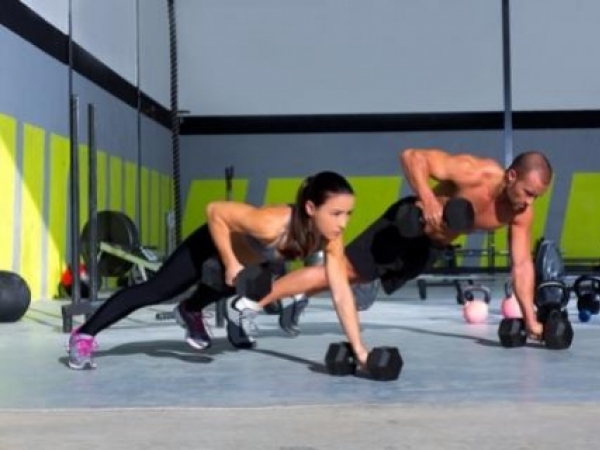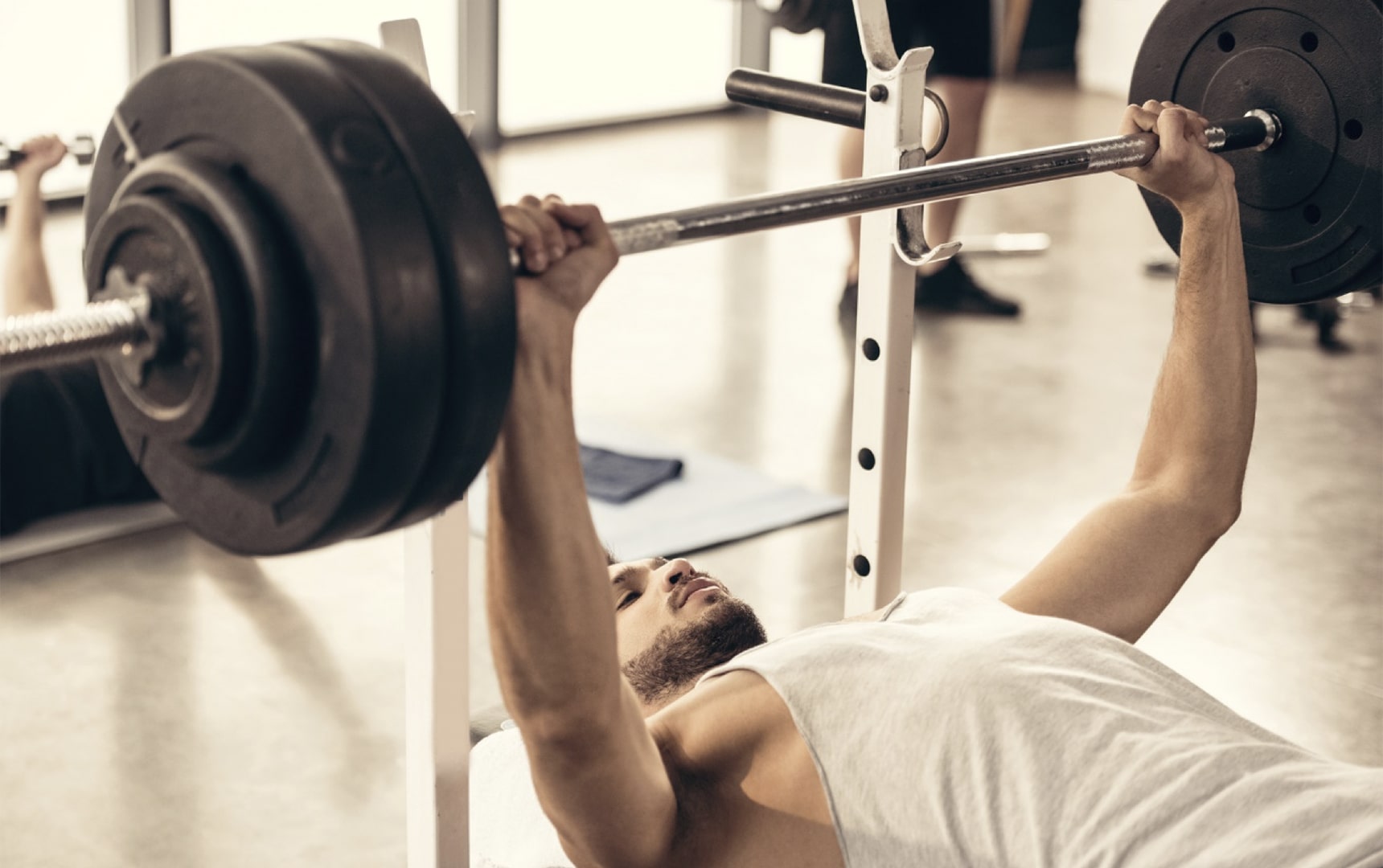
The bench press is the most effective pushing exercise for gaining muscle mass and building strength in your upper body. Yet many people fail to make the gains they’re after.
But, you don’t have to ‘go hard or go home’ to get results.
An effective bench press isn’t about how much weight you can stack - it’s about good bench press form. Too much weight also means needing a spotter, which makes working out in a home gym environment more challenging.
To get the most from your bench press, train smarter. The focus should be on setup, form and how the lift is executed because there are so many benefits of strength training.
Here are the best bench press tips and bench press machines to improve your form.
1. Do Bench Presses First in Your Workout
The sequence you perform your exercises in can impact performance.
If you’re doing other weight lifting exercises, muscles will fatigue quicker, resulting in weaker & poor form bench presses. The secret to improving your bench press is to instead prioritise the bench press first. This also helps to add weight to the bar easier.
2. Invest in the Right Setup
The proper bench press setup comes down to equipment and how your body is positioned.
First, invest in a good weight bench. The ideal bench should have sufficient back padding, width for proper shoulder support and a well-designed frame that is stable and strong. For a bench press, you'll use a barbell with weight plates. Barbells not only allow you to increase and decrease weight easily without having to buy a huge weight range of dumbbells but engage muscles differently to dumbbells in a chest press as your hands are locked into a specific position.
Racks can range from a basic adjustable squat & press rack to a commercial-grade power rack allowing for larger weight, chin-ups, leg raises and squats.
To get the most value, purchase your set up in a package complete with a rack, bench, barbell and weights. If you’re really looking to invest, a smith machine is a great option because it’s versatile and has a built-in spotter to keep you safe while lifting heavy weights – no training partner required!
Option 1 - Basic Bench and Rack
Recommended: The Orbit Two Piece Squat Rack and Bench Stand is not only affordable but can be packed away easily if you have minimal space for your home gym with a 100kg max load. Pair this with a basic weight bench and 50kg weight lifting set that includes barbells and dumbbells to get started.
Option 2 - Combination Bench
Recommended: The Orbit Bench Press with 50kg Weight Set combines a bench and rack, plus this includes a preacher curl and leg developer attachment for a range of exercises. Currently, you can get this bench with a 50kg weight set making it a very affordable option.
Option 3 - Weight Lifting Rack With Olympic Weights
Recommended: Our Max Power Rack is a long time crowd favourite with a robust cage frame, 52 catch positions, and two safety catch options. This versatile rack can be used for a number of weight lifting exercises and comes in a variety of packages that include 100kg Olympic Weight Package, Weight Lifting Bench and Rack.
Option 4 - Smith Machine With Free Weight Rack
Recommended: The UltraMax X305 Strength System which combines a smith machine, free weight rack and functional trainer in one machine. If you're serious about training it's worth investing in a versatile machine like this which allows you to perform dips, chin ups, cable flys, squats and of course bench presses.
3. Strengthen Your Grip
Weak wrists are culprits for bench presses that don’t produce results.
Start by setting your grip right. The bar should be gripped tightly with straight wrists, which encourages optimal force. But watch the width. Too wide puts an excessive amount of stress on your shoulders, too narrow ruins the elbows.
Wrap your thumb around the bar to refine your grip, which also reduces the stress on your wrists. For weak wrists, include strengthening exercises into your workout such as wrist curls, hammer curls and cable wrist rotations. To protect your wrists consider wrist wraps for extra stability. They’ll help keep your wrist in a straight line to improve your bench press technique and prevent injury.
4. Use Your Legs
Leg drive is the most underrated component of achieving good bench press form.
The bench press is a full-body compound exercise. But because the triceps, shoulders and chest are worked the most, attention usually lacks in the legs and feet department.
To improve form and build power and strength, use your legs and position your feet directly underneath your hips. Your feet and hips should be directly aligned.
‘Press’ your feet into the floor, driving through your toes. Keep your glutes and core squeezed to develop that lower body action.
5. Arch Your Back
This might be surprising but the most powerful position to bench from is an arch.
Arching your back shifts the tension to the upper part of your back. It also ensures a neutral spine is maintained and keeps the back protected. For more information on arching the back check out this write up by Dr. Mike Israetel, PhD in Sport Physiology - Arching in the Bench Press: Please STFU
Tip: For strength and safety, contract the scapula whilst arching your back. Otherwise, the arms and shoulders will take tension from the chest, which weakens the lift. This can also result in a smaller chest and shoulders vulnerable to injury.
6. Tuck the Elbows
Never let your elbows become parallel to your shoulders.
Elbow flaring, when they’re 90° out at the bottom of your bench press, will damage your shoulders. Instead, tuck the elbows at a 45-75° angle, lower than your shoulders. Don’t let them touch your torso.
When you’re ready to work out:
- Position your body: Pull shoulder blades into your back. Use entire body to lift and keep core engaged
- Grip the bar: Shoulder width apart with a tight grip
- Position your feet: Push flat against the floor with your feet
- Arch your back: Push chest out and keep feet apart to maintain a natural arch. Keep upper back muscles tensed on bench for stability
- Unrack the bar: Lock elbows out to move bar off hooks. If you have to push your shoulders upward to unrack the bar, it’s set too high
Tip: Use the bar to assume a safe position. Before you begin, lift yourself up off the bench using the bar and settle back, with shoulder blades rolled inwards and downwards towards your hips. Getting straight onto the bench can instinctively lead you to assume a comfortable position, which isn’t always the safest or best.
Frequently Asked Questions
Won’t Arching My Back Cause Back Pain and Injury?
No, but bad form and too heavy weight in any exercise can cause injury. Arching the back when doing a bench press allows you to get into the correct position to lift more weight. By arching the back, the load is over the upper back, glutes are squeezed (which protects your lower back) and it's easier to drive your feet into the floor.
How Do I Get a Bigger Chest?
To increase muscle mass in your chest a combination of bench press and accessory exercises are necessary to target all areas of the pec area. To target the upper chest include incline exercises using dumbbells or cable machines. To target the lower chest incorporate decline exercises, again using dumbbells or chest dips.
I’m a Female, Will Chest Exercises Make Me Bulky?
No. Weight lifting in general won't make you bulky (eating a large surplus of calories in conjunction with a serious strength training routine over a long period of time can). The bench press will help to tone your upper body and build the necessary strength to assist in other exercises and prevent injury as you age. Chest exercises also help to lift your breast area by building some muscle underneath which is a bonus for most women.
Last updated on 12/11/2021

